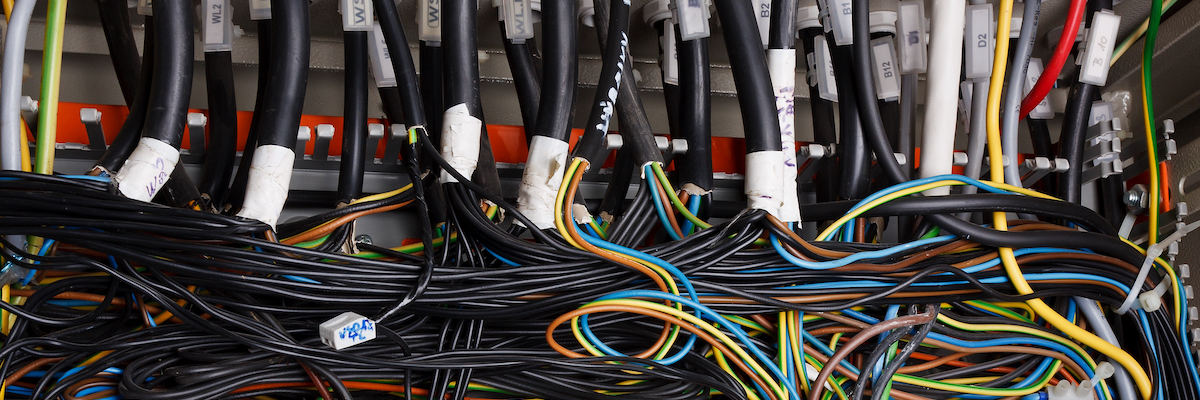How to Install an Inline Fuse

While there are many different types of fuses to help you achieve or maintain the power you need, an inline fuse can be a great component to ensure an even distribution of electricity for your circuit. So, if you need to add a fuse holder to your car or to some of the lighting in your home, you’ll need to know how to install an inline fuse line the right way. Thankfully, the experts at Gateway Cable Company are here to breakdown everything you need to know to get the job done!
How Does an Inline Fuse Work?
If you’ve never installed an inline fuse holder you may be wondering: “How does an inline fuse holder work?” Similarly to other fuses, an inline fuse is used to manage the current of electricity flowing to your circuit and is designed to protect additional electrical components in your vehicle. In the event that your circuit becomes overcharged, an inline fuse will break up the current to prevent any potential damage.
How to Install an Inline Fuse Holder
When it comes to installing inline fuses, you’ll need some materials to help you get the job done right. These include a pair of wire cutting and stripping pliers, crimping pliers, butt-splice crimp connectors, and, of course, the appropriate amperage rated fuse holder. Once you have all these items, follow these steps closely to install an inline fuse holder:
- Disconnect electrical power to your device.
- Clip the positive wire closest to your circuit using the wire cutting pliers.
- Cut 1/4-inch off each end of the separated wires and the ends of the fuse holder with the wire-stripping pliers. Be sure to hold the wires tight when stripping to avoid damage internal components of the inline fuse.
- Twist your circuit wires into a spiral to make the stripped ends firmer and easier to connect.
- Place the twisted circuit wire into the butt-splice crimp connector and apply pressure using the crimping pliers.
- Place either end of the fuse holder wires into the other end of the butt-splice connector and apply pressure using the crimping pliers. Make sure both ends are firmly clamped.
- Twist the leading device wire and insert it into a butt-splice connector while clamping down the wire.
- Twist the other wire end of the fuse holder and insert it into the butt-splice attached to the wire leading to the device and crimp down.
- Insert the properly rated amperage fuse into the fuse holder and connect the halves by pressing down and locking them into place.
- Restore electrical power to your device.
Find More Info On Inline Fuses at Gateway Cable Company
After learning more about how to install an inline fuse for your next project, you can find plenty of cable and electrical equipment to help you take on your next project with ease. We also have resources to help you learn more about inline fuses and even more helpful features such as how to use a terminal block, how to test cables with a multimeter, or the difference between an overload and a short circuit. If you have any questions, contact us to speak with a team member, or if you have questions on any of our products request a quote online today!
